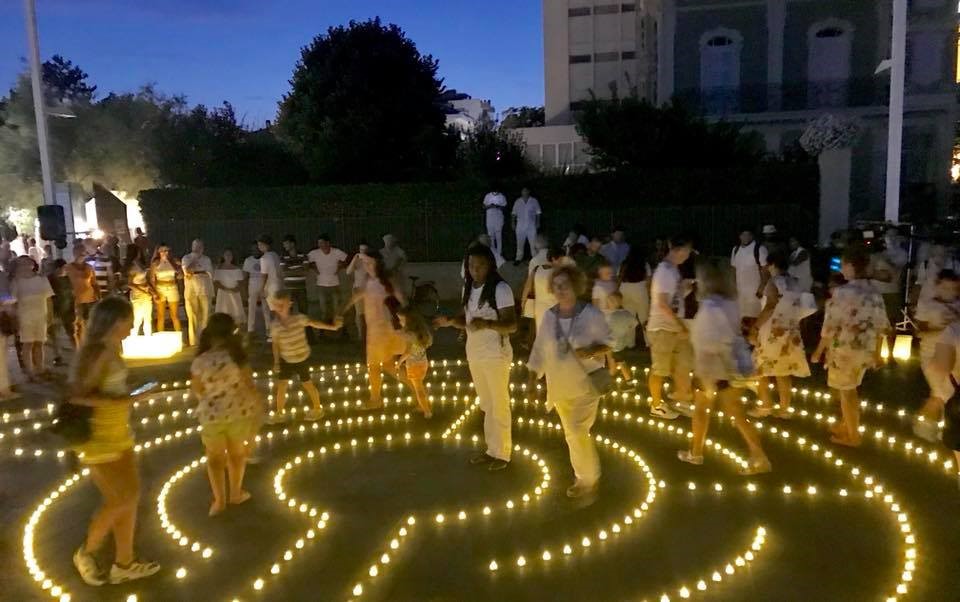

Emerge: Fluvial Tapestries from Hurricane Harvey Opening Reception
Join us for an opening reception of “Emerge: Fluvial Tapestries from Hurricane Harvey” on Friday, October 26.
Fluvial Tapestries is an art installation exhibiting and interpreting the natural effects of Hurricane Harvey on Buffalo Bayou in the form of sculptural objects, video, and explanatory illustrations. The work is an artistic and scientific collaboration between artist Kate Kendall, geologist Jerry Kendall, and their communities.
Fluvial Tapestries presents a natural narrative of Hurricane Harvey in relation to Buffalo Bayou’s water levels and the sediment deposits left after the storm.
When: Friday, October 26 from 6-8pm
Where: Sunset Coffee Building (1019 Commerce Street)
Buffalo Bayou is an ever-evolving fundamental feature of Houston. It has and always will change and adapt to its surroundings. The exhibition Emerge: Fluvial Tapestries presents a natural narrative of Hurricane Harvey in relation to Buffalo Bayou’s water levels and the sediment deposits left after the storm.
From October 2017 to June 2018, a team of artists and geologists working with Buffalo Bayou Partnership and the University of Houston Department of Earth and Atmospheric Sciences collected 12 sand peels from sediment deposits left by Harvey in Buffalo Bayou Park. A sand peel is a geologic science tool used to capture and read sediment deposit patterns. These natural sand tapestries are a record of Buffalo Bayou’s reactions to Hurricane Harvey. The layers tell the story of flooding, adjustment, and recovery from the storm.
The exhibition will be on view from October 26 through November 6, 2018 at Buffalo Bayou Partnership’s Sunset Coffee Building (weekdays from 9am-5pm and weekends from 12-4pm).
This project is funded in part by the City of Houston through the Houston Arts Alliance.
Recycled Bottle LED Labyrinth
Also on view Friday October 26, 2018, join public artist/labyrinth builder Reginald Adams as he creates a unique LED light labyrinth using discarded plastic water bottles that have been pulled from Buffalo Bayou.
The labyrinth, an ancient pathway to prayer and meditation, has a single circuitous path that winds its way into the center. The person walking it uses the same path to return from the center, as the entrance then becomes the exit. The path is in full view, which allows a person to be quiet and focus internally.
The labyrinth project helps bring awareness to the need for recycling in order to keep our waterways clean and free of debris and trash.
As you walk the path of the labyrinth we hope that you will focus on ways in which you can help keep our bayous and water systems clean and healthy for future generations.


